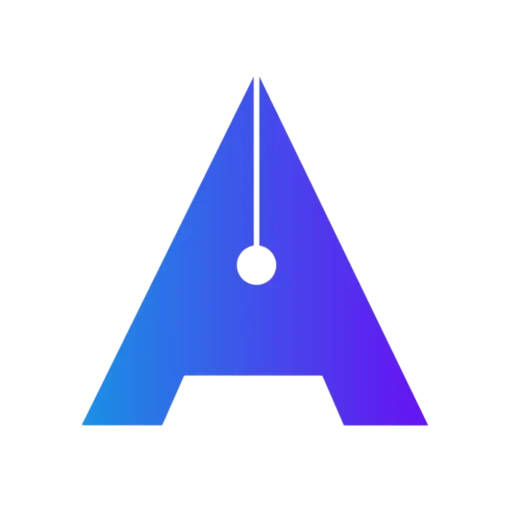Hey there, creators and tech enthusiasts! 👋
Welcome back to Artboard Academy — your digital space to explore creativity, technology, and AI innovations.
If you’ve been following our previous blogs, you already know we love uncovering tools that are shaping the future of design and content creation.
Today, we’re diving into a fascinating topic — ChatGPT Atlas — one of OpenAI’s latest and most talked-about updates. If you’ve been wondering, “What exactly is ChatGPT Atlas, and how does it work?” — this blog breaks it down in simple terms.
👉 Visit us anytime at Artboard Academy for more such insights!
What is ChatGPT Atlas?
ChatGPT Atlas is an advanced data visualization and knowledge navigation feature being developed by OpenAI for ChatGPT. It’s designed to give users a visual way to explore and interact with data, models, and connections inside ChatGPT — almost like giving the chatbot a powerful visual memory and map of information.
Think of it as ChatGPT’s “mind map” interface, where instead of scrolling through plain text conversations, you can see how ideas, topics, and concepts connect. It’s meant to make ChatGPT more than just a text-based AI — turning it into an interactive, data-aware assistant that helps you navigate complex information visually.
How Does ChatGPT Atlas Work?
ChatGPT Atlas combines AI understanding + data visualization + interactive UI to help users organize and explore information intuitively. Here’s a simple breakdown of how it works:
1. Visual Knowledge Mapping
Atlas can display relationships between topics, sources, or datasets in a dynamic visual format — like a digital mind map.
For instance, if you’re researching “AI in design,” Atlas can show how it connects to “Midjourney,” “DALL·E,” and “Adobe Firefly,” giving you a clearer overview.
2. Contextual Layering
Instead of retyping prompts again and again, Atlas helps ChatGPT remember context visually. You can see layers of your research or project — perfect for writers, designers, and developers who build on earlier work.
3. Integrated Data and Documents
Atlas can integrate data from various files (like PDFs, spreadsheets, or research papers) and visualize insights, trends, or relationships right inside ChatGPT — saving tons of time for professionals who analyze data or create reports.
4. Real-Time Collaboration
OpenAI aims to make Atlas collaborative — allowing multiple users or teams to share the same workspace, discuss data, and visualize ideas together. It’s like combining ChatGPT, Miro, and Notion in one ecosystem.
Why ChatGPT Atlas Matters
– Smarter Research: You can see how concepts connect, helping with brainstorming and analysis.
– Visual Learning: Complex ideas become easier to understand with diagrams and maps.
– Faster Productivity: No need to switch between multiple tools — ChatGPT becomes your visual workspace.
– Collaborative Creativity: Perfect for teams working on design, marketing, data, or product ideas together.
The Future of AI Interaction
ChatGPT Atlas is another big step toward making AI multimodal and visual — where you don’t just talk to an AI but see how it thinks. As OpenAI continues integrating Atlas, it could redefine how creators, marketers, and developers collaborate with artificial intelligence.
So, whether you’re an artist, a content creator, or a data-driven professional, ChatGPT Atlas is something to watch closely — because it’s shaping the next generation of creative tools.
Final Thoughts
AI is evolving from a tool into a creative partner — and ChatGPT Atlas is proof of that. It brings clarity, context, and creativity together, making the digital workspace more intelligent and interactive than ever before.
If you enjoyed this breakdown and want to explore more blogs on AI tools, design, and creative technology, visit us at 👉 Artboard Academy
Let’s keep creating, learning, and innovating — one pixel and one prompt at a time!








